I am made increasingly aware of the conflict non-profit organizations experience when faced with choosing between:
- Raising the money they need using a traditional philanthropic process.
- Making a profit from selling and endorsing commercial products and services.
The number and variety of selling opportunities presented to non-profit organizations, especially through the Internet, is growing rapidly. All too often, the advertisements for those products and services make outrageous and misleading promises of big and easy money to needy and vulnerable non-profits.
There is nothing wrong with selling a commercial product or service to help support a non-profit organization if:
- The time expended can be justified by the profit gained.
- It neither restricts nor replaces the far more effective and time-proven philanthropic process—a process that has seen billions of dollars raised over decades of time.
- An organization institutes a product or sales program as additional and complimentary to their regular fund-raising, not as a replacement or alternative to it.
“Girl Scouts Can’t Live on Cookies Alone”
Raising contributed income for non-profit organizations requires much more than selling commercial products and services to make money. Such programs have their place, but most organizations simply cannot generate enough income from them to meet all their needs. A number of years ago the Girl Scouts proved that point with their highly visible campaign to let the public know that “Girl Scouts can’t live on cookies alone,” and that the organization required additional major support in the form of philanthropic contributions.
Selling products and services to generate income seems an easy way to make money. Some commercial vendors of products and services even tell their prospective non-profit customers, “all of the money you’ll ever need,” can be raised this way. That “sales pitch” is very attractive to non-profits which are unable to fathom how they can undertake the hard and sometimes frustrating work of recruiting volunteers, identifying prospects, managing campaigns, and asking for money.
It seems easier and less painful to sell products and services to their constituents and to the general public. The “make more money than you’ll ever need” sales hype they hear from some commercial vendors is quite attractive indeed.
While there are many reputable vendors of products and services now in the marketplace who seek to help non-profits develop new sources of income, they do not always apply a customer-first attitude to their non-profit customers and clients:
- They are not assessing the real needs of the non-profits to see if the proposed product or service-related program has a place in the organization at that time.
- If it does have a place, how it can be a good fit.
Well meaning vendors of merchandise and services often fail to realize that many charitable organizations are likely to embrace a sales program because they perceive it as a way to provide quick and promising rewards while being less stressful and labor-intensive than fund-raising campaigns.
A non-profit organization must always prioritize and put into meaningful perspective opportunities to generate contributed income. In the main, they must always strive to raise the greatest amount of money from the fewest funding sources in the shortest period of time. This simple premise is absolutely critical to most non-profits to employ because of their constantly imminent needs and limited resources. All fund-raising efforts should be measured in those ways.
When considering selling a product or service, officials of a non-profit organization should ask themselves:
- If we sell a product or service to help support our organization, will the effort be justified with the time expended relative to the profit gained?
- Will we assure that the selling program neither restricts nor replaces the far more effective and proven philanthropic process we should be employing?
- What marketing plans can we develop which will maximize our chances for real profit?
- Will we attempt to sell to the general public which does not know our organization? If so, do we really believe we will make money by selling a commercial product available elsewhere? In short, what compelling reason do these persons having no relationship whatsoever with our organization have to buy from us?
- If we sell to our regular donors, will we run the risk of annoying them and perhaps losing their charitable support because of what they may see as yet another solicitation? Contrary to what the vendors say, our regular donors will see their purchases from us primarily as charitable support of our organization.
- When we promote the products and services of one company, will we risk the loss of traditional philanthropic support from other competing companies?
- Is the product or service of a type and quality we would want to associate with our organization?
- If the product or service is to be purchased via the Internet access, what do we know about how Internet-capable our constituents are and how receptive they may be to buying online?
- Are we willing to take the chance that the product or service we are selling can be withdrawn by the provider at any time leaving us high and dry?
. . . .
And please remember, the good name of your organization is far more important than any financial gain. Whenever you associate your organization’s reputation to a particular vendor or service provider, or the type of product and service you will be presenting to your constituencies, be certain to avoid embarrassment for less-than-tasteful associations and watch for any hidden potential for controversy. If at all possible, seek to match the commercial enterprise with your mission for a more acceptable and logical “fit,” such as the Heart Association has with the maker of “lean cuisine” and the Arthritis Foundation has with the maker of aspirin.”
[And there are comments at the original posting site.]
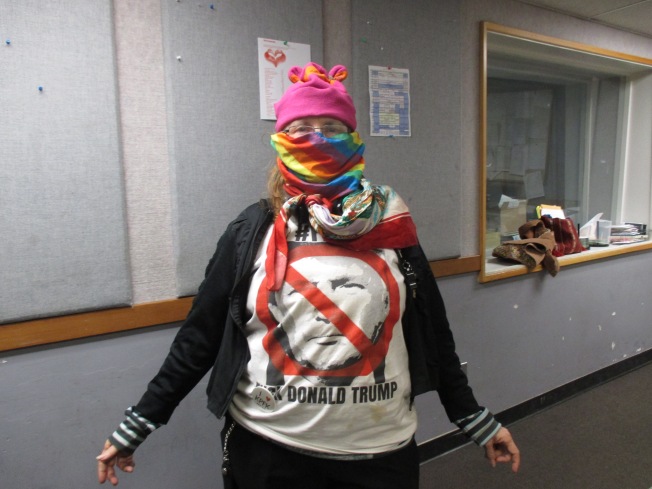
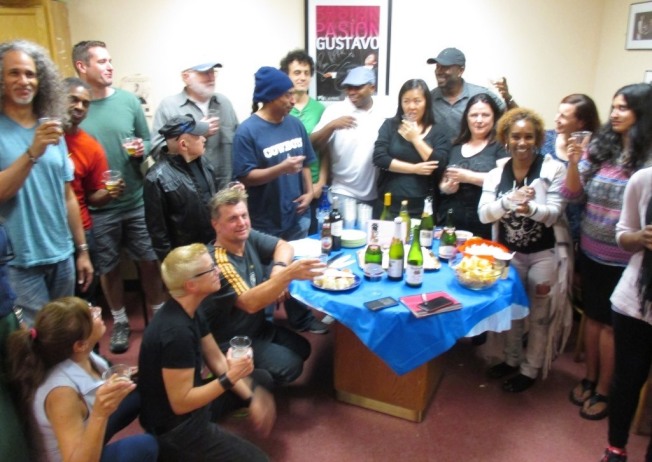
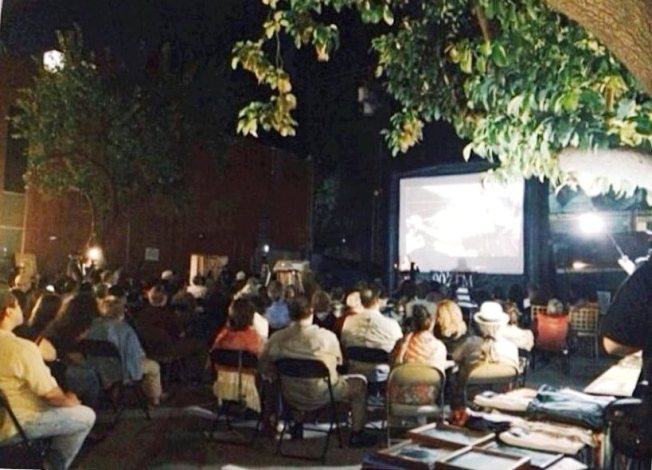

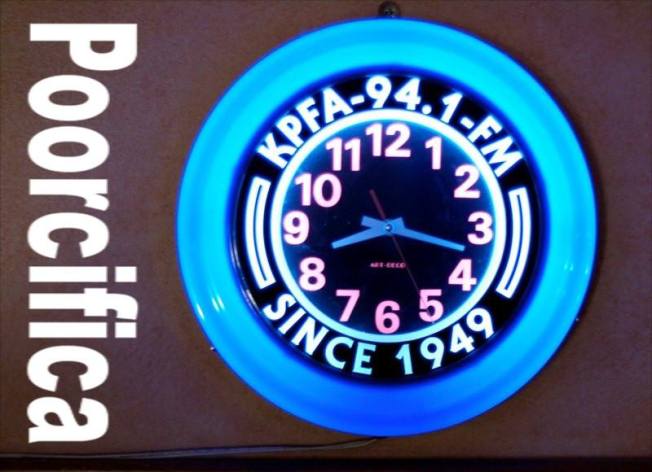
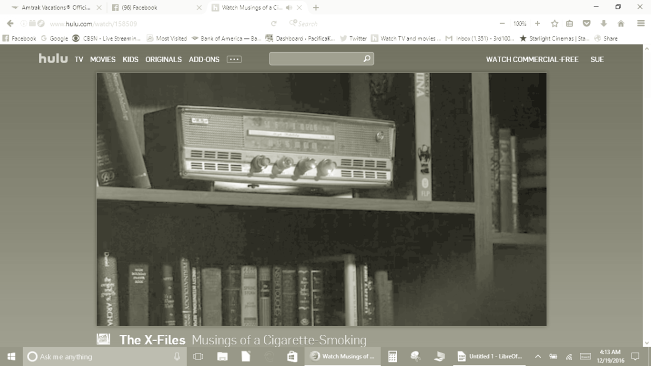

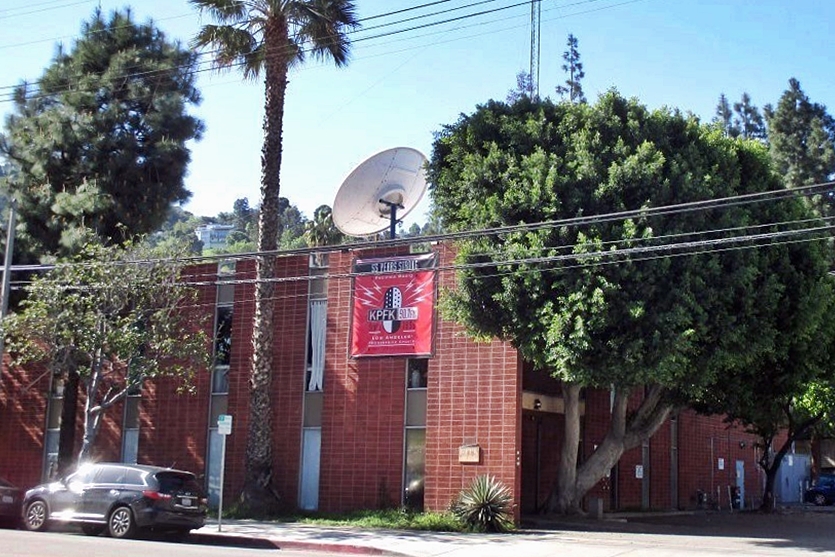


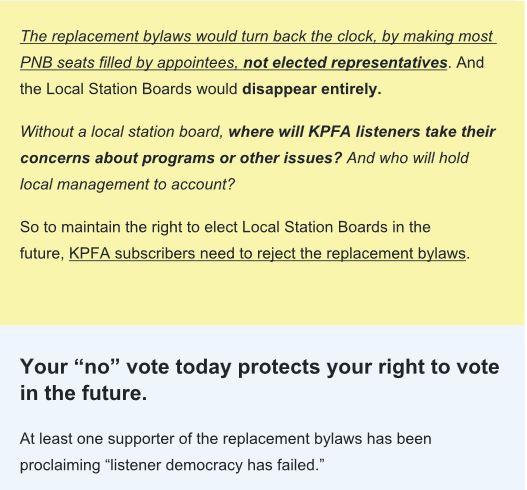

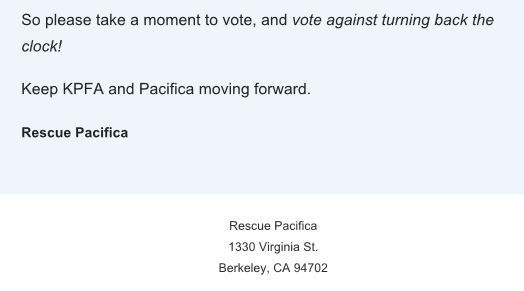




 Discuss this topic in our forums.
Discuss this topic in our forums.






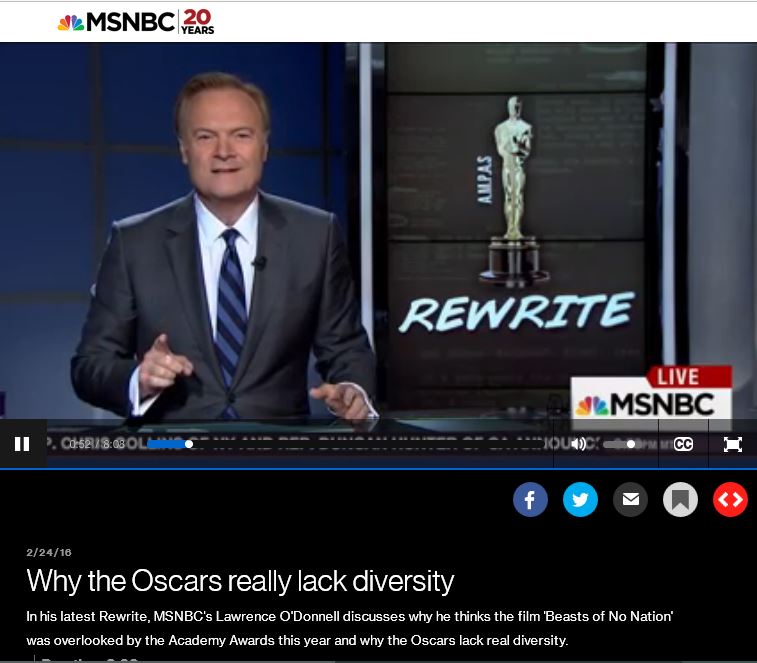

Dear Vera,not Verna,
Seriously, as they say, yours is a question for the IRS, though its Director recently stated that they do not answer about 60% of the calls made to the IRS.
That’s about as helpful as I am, but my excuse is that I am not a non-profit attorney or IRS-regulations-skilled.
However, what I think I do know, is the Paul Newman salad dressing sales/charitable foundation was threatened recently by the IRS for a huge payment of back taxes because the IRS rules state that a non-profit cannot own a business–as the PN Foundation apparently does.
Can a pet food/supply company simply donate a percent of sales to such a national umbrella animal humane society?
Yes, it seems, as some national commercial product-makers seem to do from what I have seen in the past with a “lean cuisine” product and aspirin, to name but two.
So, such a hook-up would be great with Iams or Friskies — or better still, with such as PetSmart as the overall distributor.
Another thing, should such sales be conducted, the IRS again has rules regarding limits of income in a percentage of what other funds the non-profit raises.
I believe there is a rule about standard donations—that a non-profit organization cannot receive more than 30 percent of its funding from any one source—and it can reasonably be deduced that includes sales of products.
So, you can see the waters here are murky and could be hazardous. Thus, the need for an attorney skilled in non-profit law.”